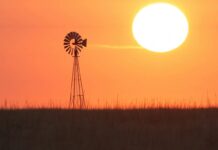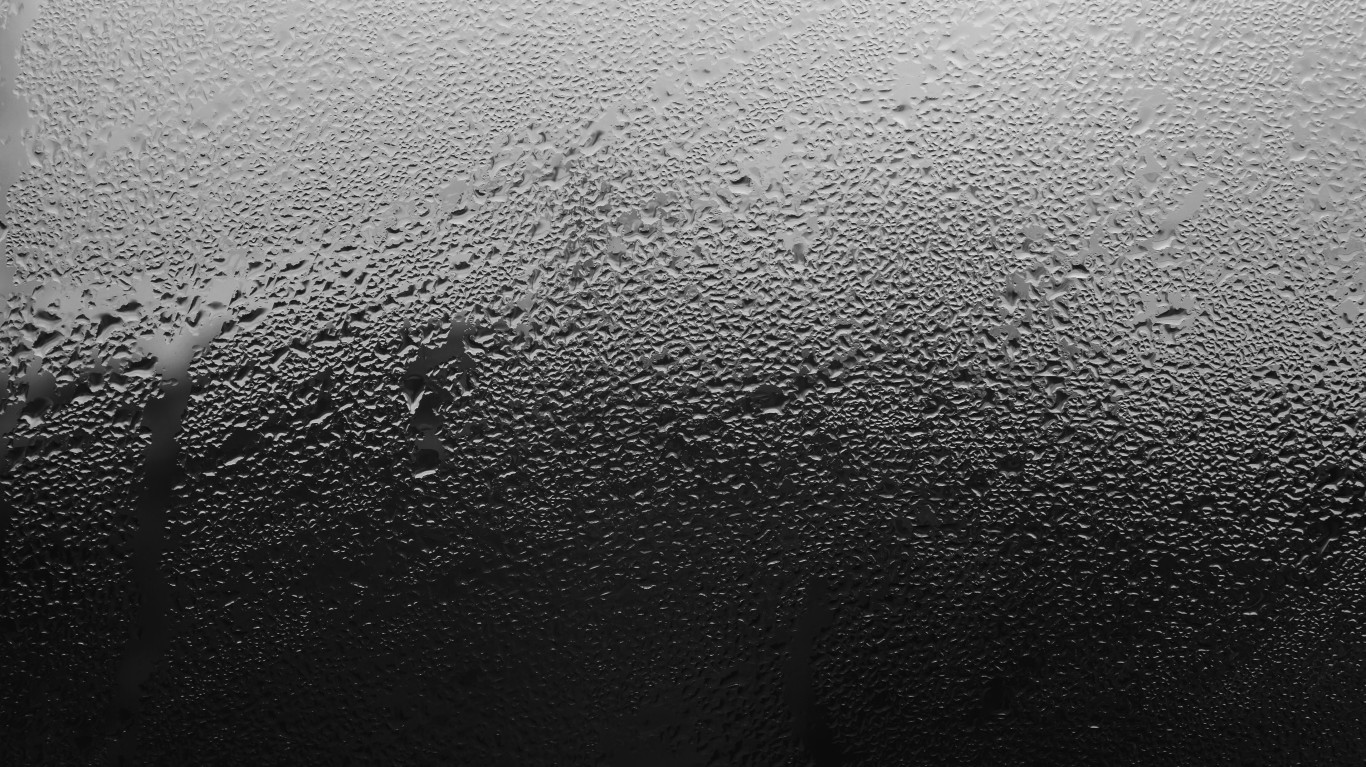
8. Precipitation declines
Global precipitation averages would drop by about 58% after soot injection into the stratosphere. The global hydrologic cycle would become much less active, with a reduction in summer monsoon precipitation.
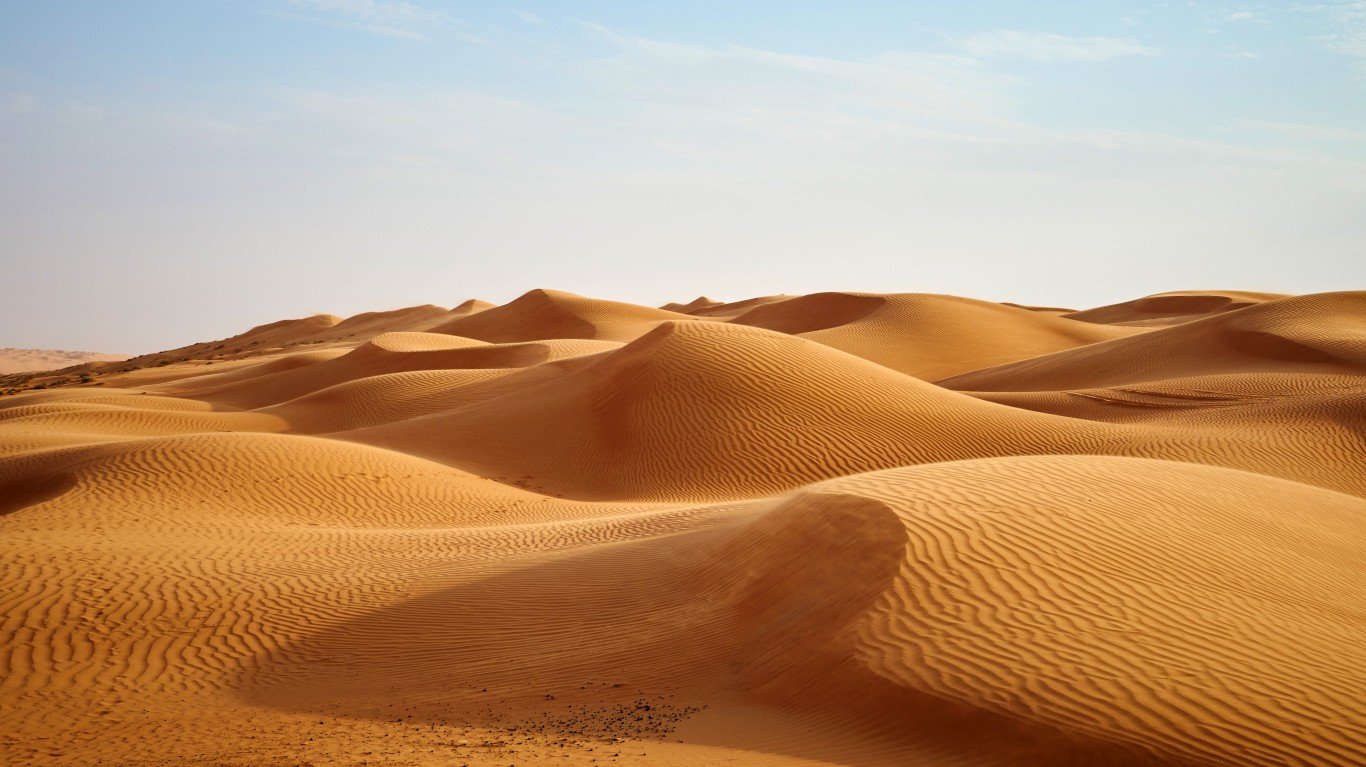
7. Rainfall pattern changes
There would be changes in rainfall patterns during a nuclear winter. The monsoon rains would weaken, and more rainfall would occur over desert areas. The weakening of the summer monsoon has been observed following volcanic eruptions.
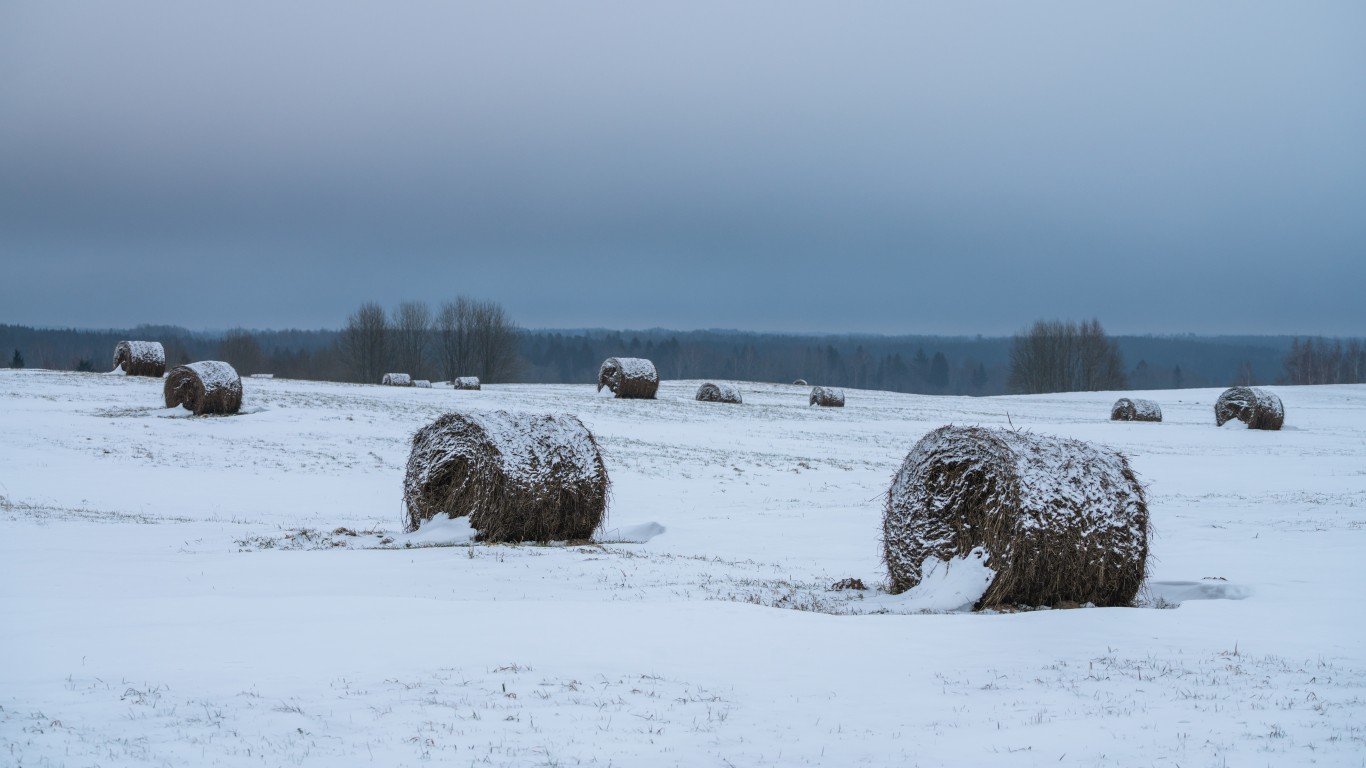
6. Growing season reduced
Following a nuclear war, during a nuclear winter, the growing season would be 90% reduced across many parts of the midlatitudes.
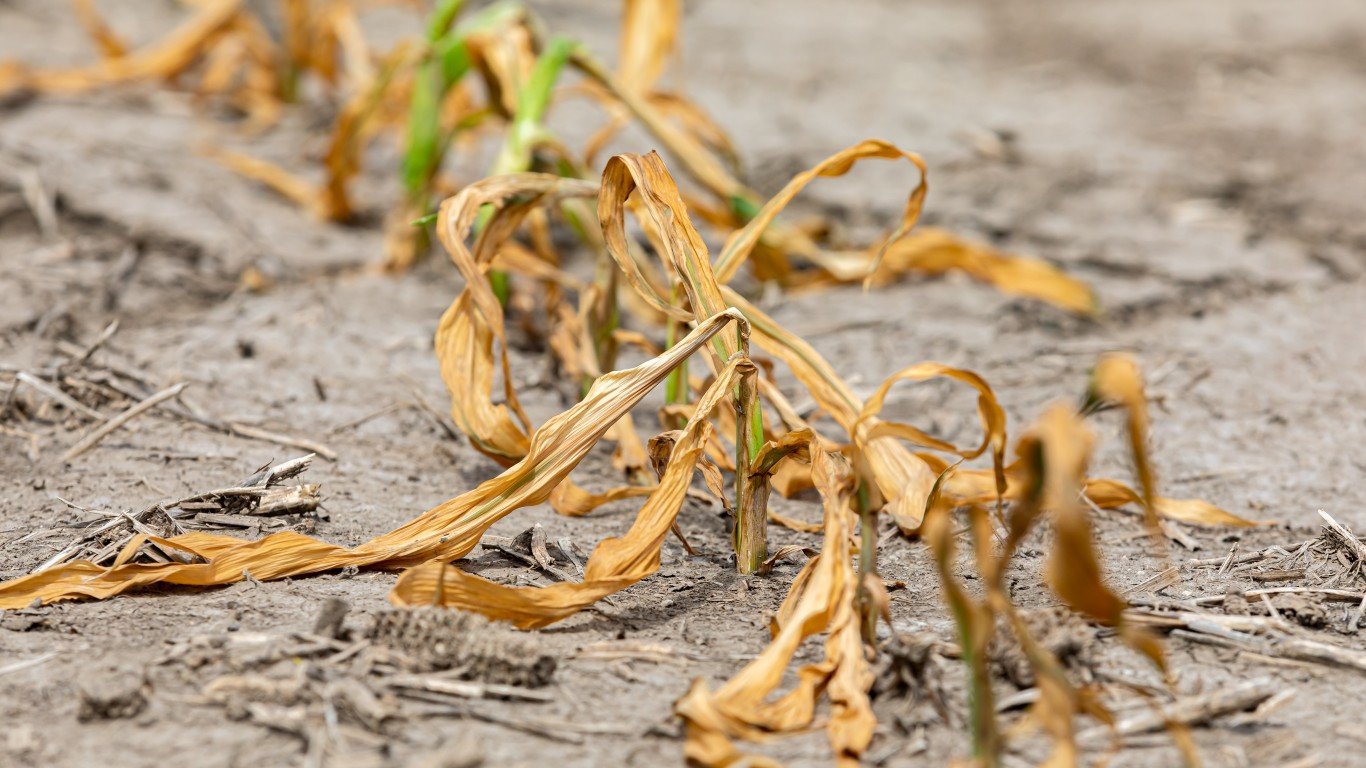
5. Crop failures
Not only would the growing season be reduced, but agricultural modelings of a regional nuclear war show an increased likelihood of crop failures.
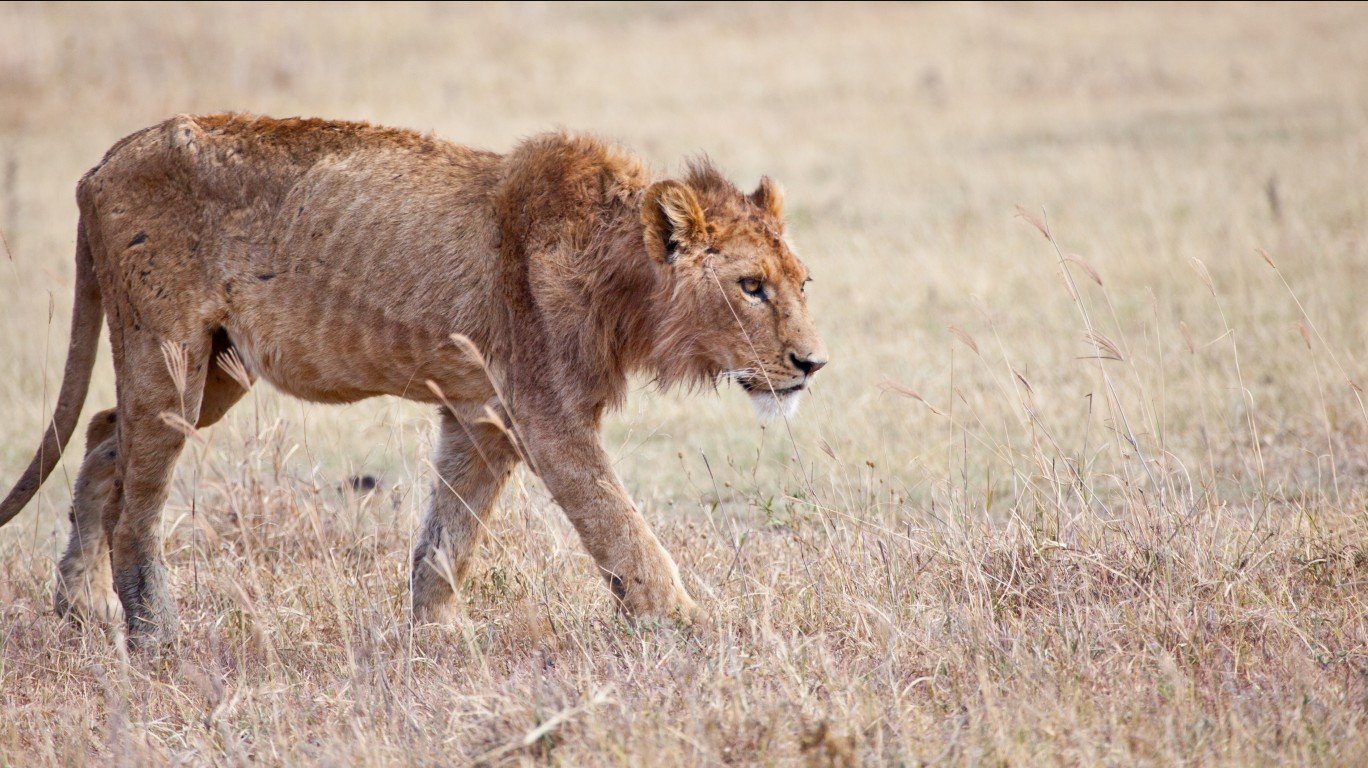
4. Famine
Global famine would follow widespread crop failures.
